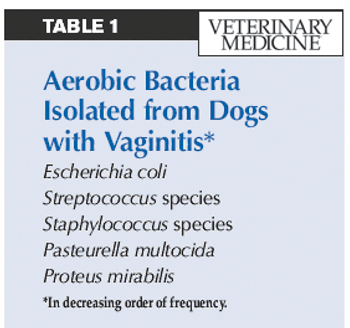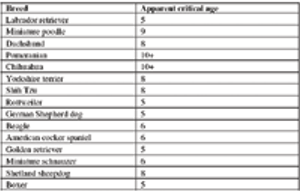
Brucella canis is a non-motile, Gram negative coccobacillus with a host range limited to domestic and wild canids. Stray dog populations may act as a reservoir. There is a higher reported prevalence in purebred animals but few studies have attempted to compare populations of owned and stray dogs.















